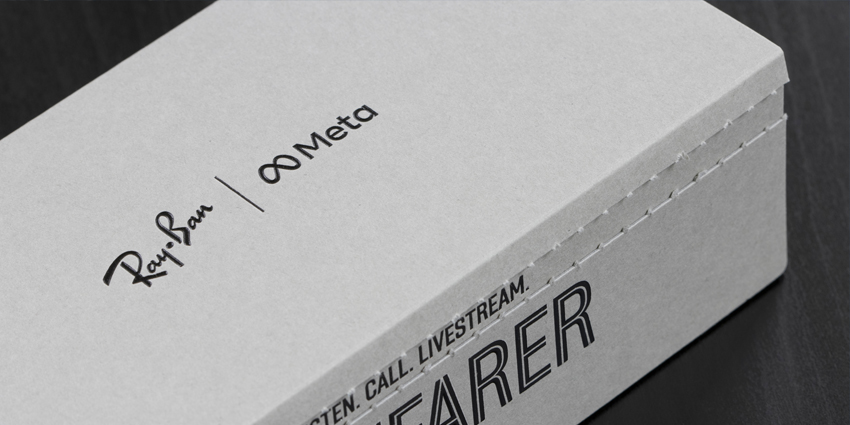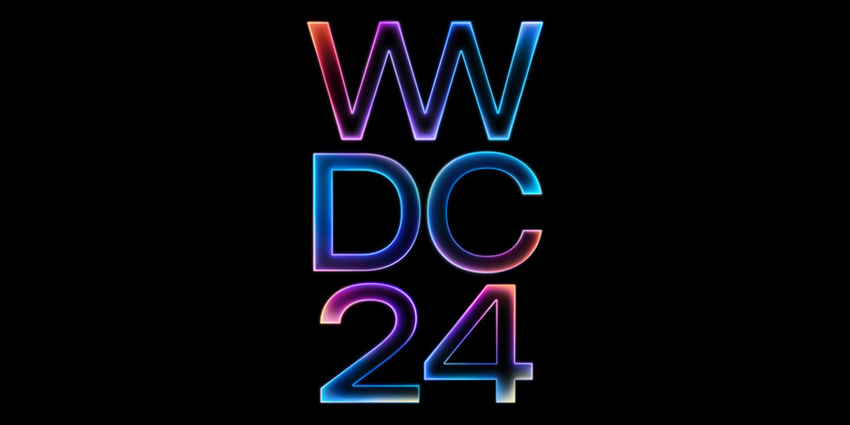Interest in AR smart glasses trends is increasing again in 2024. New vendors and existing XR innovators are exploring the growing market.
Events and industry professionals are drawing attention to the growing power of AR, and excitement is growing.
Although interest in virtual and mixed-reality headsets has grown faster in the business landscape over the last couple of years, AR is edging back into the spotlight. Right now, countless vendors, including companies like Microsoft, Meta, and Apple, are all driving new interest in AR specs.
As the landscape evolves, certain trends have begun to emerge, highlighting the potential direction of the smart specs industry. Here are just some of the trends worth watching if you’re investing in augmented reality smart glasses this year.
1. Smart Glasses Design Moves into a New Era
Back at the beginning of the AR smart glasses revolution, immersive specs suffered from a number of design issues. Products like Google Glass looked “nerdy” and felt uncomfortable to wear. Even some of the most advanced specs failed to live up to design expectations. Since then, however, the materials and frameworks companies use to create AR specs have evolved.
We’re moving into an era where smart glasses are far more lightweight and comfortable, ideal for long-term use. Resolution and field of view options are evolving, boosting visual clarity, and consumers even have the option to choose between monocular and binocular specs.
We’re even seeing companies investing in ways to make their smart glasses more stylish. Meta has partnered with Ray-Ban on an updated selection of smart glasses, and other vendors are even giving users the option to choose between different frame styles and colors.
2. AR Technology Grows More Advanced
AR smart glasses trends linked to design don’t just focus on ergonomics, comfort, and aesthetic appeal. In the last few years, the technology used to create AR experiences has grown more advanced, too. We now have more effective screens and displays, capable of delivering high-fidelity visual experiences. Software is becoming more effective at bridging the physical and digital world, leading to the rise of AR/MR experiences.
Companies are experimenting with new speaker systems for spatial sound, and introducing add-on accessories for XR experiences, like immersive gloves. There are even more advanced chips available in the XR market, capable of processing computer data and streaming content faster than ever.
We’re also seeing the rise of more flexible AR technology, with specs designed to work seamlessly with the tools businesses already use for collaboration, design, and remote assistance. Plus, hand and eye tracking technology is paving the way for more intuitive user experiences.
3. AI Drives AR Smart Glasses Trends
AI and extended reality often go hand in hand. For years, XR vendors have used artificial intelligence to improve the performance of AR specs, enhance user experiences, and bridge the gaps between the real world and digital content. AI models are excellent at scanning rooms and faces, mapping spaces, and interpreting data. However, in 2024, innovations in AI are driving new AR smart glasses trends.
Computer vision technology means AR is now better than ever at constructing realistic human models and object scans, detecting and labelling objects, and even recognizing and translating text. Natural language processing means companies can build AI assistants into smart glasses, helping users to control their technology with just their voice.
At the same time, generative AI is helping with the creation of more immersive and engaging AI experiences. Generative AI solutions can help companies write code for AR apps and platforms, design 3D content, and even produce original music for apps.
4. The Rise of Spatial Computing
One of the things that prevented companies from investing in AR specs in the past, was that many systems weren’t as intuitive to use as they could have been. Some traditional AR glasses required users to access a tablet or smartphone to control content. This detracted from the “hands-free” experience users were looking for.
Fortunately, innovations in spatial computing are driving new AR smart glasses trends, focused on user experience. Spatial computing technology is paving the way for more organic technology experiences, allowing users to interact with content using natural movements and gestures.
Spatial computing technologies will drive the creation of a new generation of AR smart glasses, offering functionality similar to the Apple Vision Pro, or the latest XReal Air 2 Ultra specs. This could even help to increase adoption of AR technology in the enterprise.
5. New Use Cases for AR Smart Glasses Emerge
Like most technologies in the extended reality landscape, AR smart glasses have evolved in the last few years. Once considered a novel consumer product, these glasses are quickly emerging as a mainstream part of many workforces throughout multiple industries.
The rise of remote assistance technology has made AR glasses more attractive to field workers, engineers, and technicians who need to retain access to team members and data on the move. The evolution of the training landscape has introduced AR glasses as a powerful solution for educating, developing, and even onboarding workforces.
There are even opportunities to combine AR glasses with the customer service experiences available in the metaverse. With AR glasses, companies can offer customers try-before-you-buy experiences, allow them to customize products before making a purchase and so much more.
6. More Customization in AR Smart Glasses Trends
We’ve already mentioned how companies in the AR glasses industry are giving customers more freedom to customize the style of their glasses with new frames. However, the customization options will continue to grow in the years ahead. Vendors are producing unique solutions for people who wear prescription glasses and specialist specs for industrial landscapes.
Companies in the AR software space are even allowing organizations to build their own unique “metaverse as a service” experiences for AR glasses. For instance, there are countless no-code and low-code platforms where users can design their own remote assistance and training platforms.
Additionally, enterprise-focused companies are giving brands more control over their security strategy, with solutions for biometric user authentication, privacy by design software, and even specs that align with GDPR and HIPAA guidelines.
Exploring AR Smart Glasses Trends
The AR smart glasses marketplace is exploding back into the spotlight in 2024. AR could be the ideal solution for companies searching for ways to enhance productivity and creativity with immersive technologies. If you’re investing in AR glasses this year, consider the trends above when choosing your cutting-edge technology.







